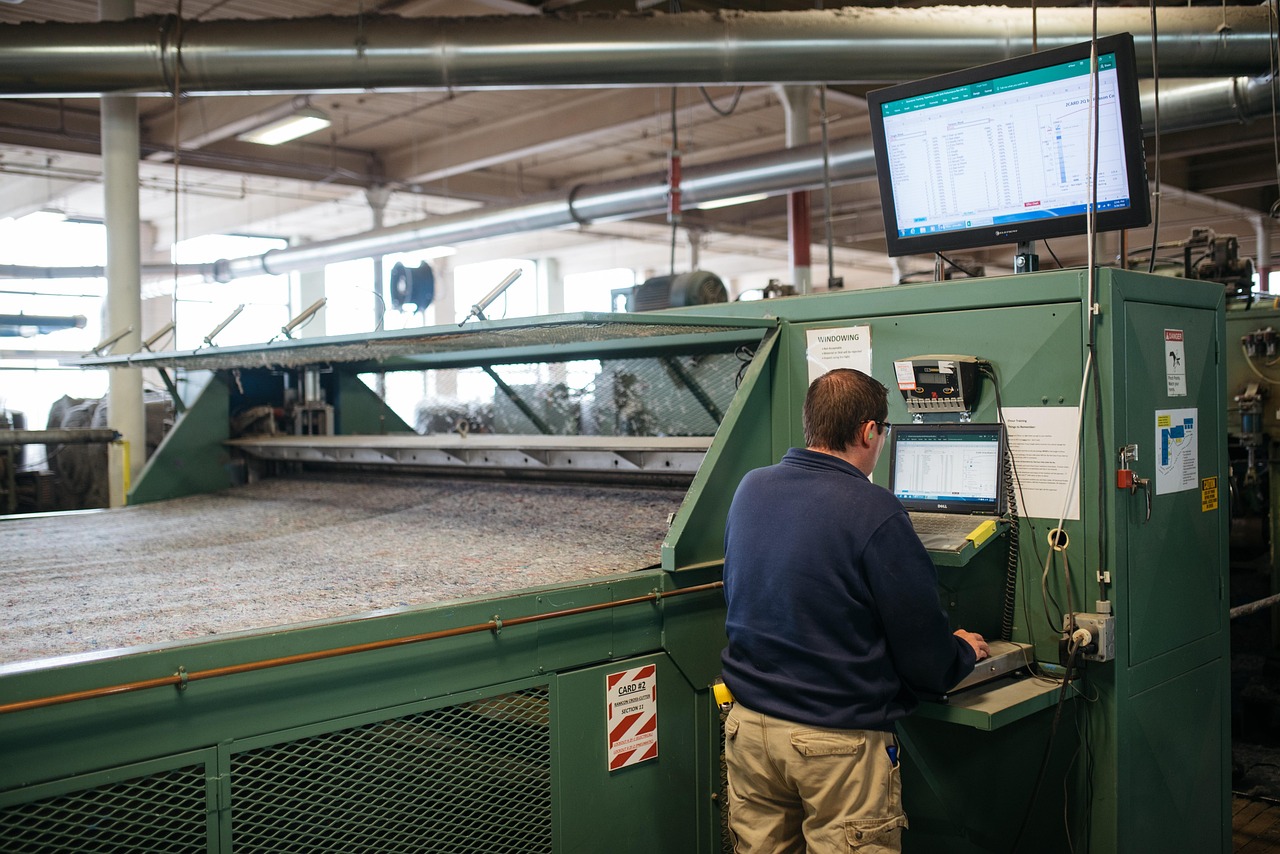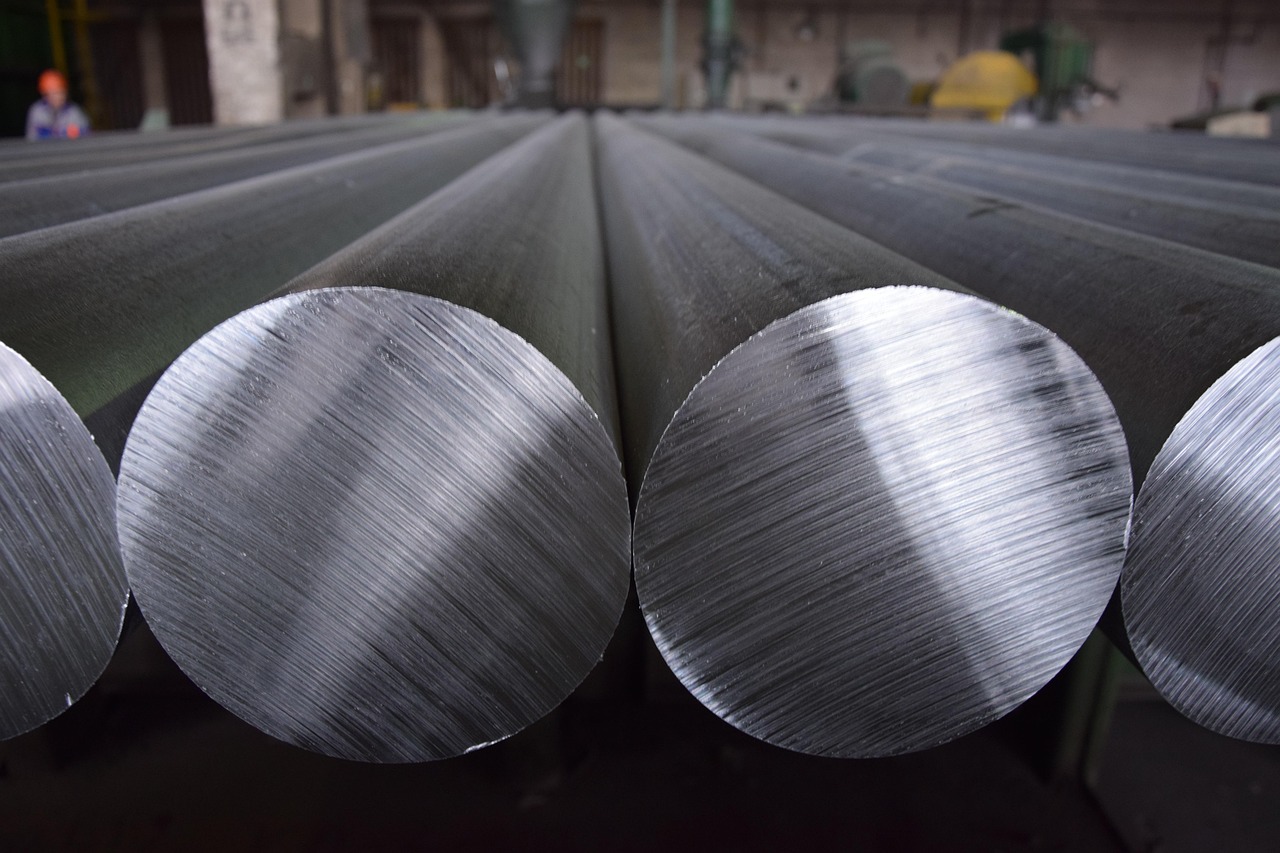Digital Twins: The Next Frontier of Safety in Industrial Manufacturing
Industrial manufacturing is driven by the need to improve efficiency, reduce costs, and—above all else—enhance safety. At Spartan Scanning Solutions, we’re at the forefront of this change, and we’ve seen firsthand how digital twin technology is revolutionizing how manufacturers approach safety. Imagine having a system that not only predicts risks but helps you prevent them. With digital twins, which act as dynamic, data-driven virtual replicas of physical systems, you get unprecedented visibility into every aspect of your manufacturing process, allowing you to solve problems before they even happen. In short, the future of manufacturing safety is here, and it’s digital.
What Are Digital Twins?
Let’s break down what a digital twin is, specifically in manufacturing as it tends to be a buzzword. A digital twin is not just some flashy 3D model; it’s a dynamic, data-driven virtual replica of a physical system, be it a single piece of equipment or an entire production line. Digital twins are powered by real-time data collected from sensors, IoT integration, and other connected technologies. These systems continuously update as physical processes evolve, providing real-time monitoring, insights, and predictive analytics.
In manufacturing, this means you can monitor a high-pressure system’s every move, predict when a machine is likely to fail, or even simulate entire production scenarios. It’s like being able to see everything that is going on and everything that will go on within your manufacturing operation.
Energy Efficiency and Sustainability
As industries push toward more sustainable practices, digital twin technology is becoming a key player in energy efficiency. At Spartan Scanning Solutions, we’ve seen how these dynamic, data-driven replicas of physical assets enable organizations to track and optimize energy usage in real time. By continuously monitoring equipment and processes, digital twins provide actionable insights that allow businesses to make smarter, energy-conscious decisions. Whether it’s adjusting operations to reduce waste or simulating energy-saving strategies, this technology empowers companies to meet their sustainability goals while cutting costs. In short, digital twins offer a proactive approach to achieving long-term energy efficiency and driving greener operations.
Safety That Thinks Ahead
Real-Time Monitoring and Instant Alerts
One of the most obvious benefits of digital twins is their ability to monitor manufacturing processes in real-time. Sensors embedded in equipment feed data directly into the digital twin, enabling real-time monitoring and allowing it to provide instant alerts when something starts to go wrong. For example, let’s say you have a digital twin of a high-pressure system. If the system detects rising pressure that could lead to a blowout, it sends an immediate alert to operators, allowing them to intervene before a disaster strikes. The beauty of this system is that it’s proactive rather than reactive. You’re no longer waiting for equipment to fail—you’re preventing it from happening in the first place.
Predictive Maintenance: No More Surprises
Digital twins shine in the realm of predictive maintenance. Instead of relying on scheduled checkups or reacting to equipment failures, digital twins use historical and real-time data to run predictive analytics and forecast when a machine will likely need maintenance. You can avoid unplanned downtime by scheduling repairs during non-critical times. More importantly, you can prevent accidents caused by faulty equipment. This not only improves worker safety but also enhances the reliability and lifespan of machinery. It’s a win-win.
Ergonomics for the Win
Worker safety is not just about preventing catastrophic accidents; it’s about optimizing every aspect of the workplace to protect against smaller, more common injuries. Digital twins allow manufacturers to simulate workflows and workplace layouts. This helps them identify ergonomic risks such as repetitive strain injuries or inefficient material handling processes. By tweaking virtual replicas of your workspaces, you can optimize them for both safety and efficiency, ensuring that any changes you make will have a real-world impact.
Remote Management: Control from Anywhere
In an increasingly connected world, the ability to manage operations remotely is more important than ever. Digital twins make this possible by enabling remote monitoring and management of manufacturing processes. Experts can diagnose issues, monitor performance, and even guide on-site workers through complex procedures—all from a safe, remote location. This is a massive advantage for safety. It reduces the need for workers to be present in hazardous environments while ensuring that operations continue smoothly.
Solving Human-Machine Interaction Challenges with Digital Twins
As advanced as modern manufacturing equipment has become, one significant challenge is the interaction between humans and machines. Whether it’s an operator misinterpreting data, or a system failing to adapt to human input, these points of interaction can be prone to errors and even accidents. Digital twins are starting to bridge that gap, making human-machine collaboration more intuitive and less risky.
Enhancing Human-Machine Communication
One of the key advantages of digital twins is their ability to present complex data in a user-friendly way. Workers no longer need to decipher complex system reports or manually interpret machine performance. Instead, digital twins offer visual, real-time dashboards that show exactly what’s happening with each piece of equipment. This process visualization makes it easier for operators to monitor systems, catch potential issues, and respond appropriately.
Moreover, as digital twins evolve, we’re seeing the integration of augmented reality (AR). Workers can wear AR glasses that overlay real-time data onto the physical world, guiding them through tasks like repairs or system adjustments. This AR integration creates a seamless interaction between human workers and the machines they operate, minimizing misunderstandings and errors.
Improving Machine Responsiveness to Human Input
Digital twins also allow machines to better understand and respond to human actions. In traditional systems, there’s often a lag between human input and machine response, and this lag can be critical in hazardous situations. But with a digital twin, the system can “see” the operator’s actions in real-time and adjust its behavior accordingly. For instance, if an operator begins to shut down a malfunctioning machine, the digital twin can help ensure that the shutdown process occurs in the safest possible way, taking into account all relevant data points like temperature, pressure, and more.
Reducing Cognitive Load for Operators
Operating complex manufacturing systems can be mentally taxing, and the more stressed or distracted an operator is, the higher the risk of human error. Digital twins help by reducing the cognitive load on operators. Instead of juggling multiple streams of information or constantly switching between different systems, the operator interacts with a single, unified interface that’s constantly updated with the most critical data.
This data can be filtered so that operators only see what’s relevant to their current task, reducing the likelihood of overload and mistake-making. Additionally, digital twins can offer guidance and recommendations based on the current state of the machine, further assisting operators in making quick, informed decisions.
Preventing Dangerous Human Error
Human error is one of the leading causes of accidents in manufacturing environments. Digital twins are a powerful tool for minimizing this risk. By monitoring both the machine’s performance and the operator’s actions, digital twins can catch mistakes before they escalate into full-blown safety incidents. For example, if an operator is about to make a dangerous adjustment to a machine, the digital twin can trigger an alert, guiding the worker toward a safer action.
Overcoming Implementation Challenges
Of course, implementing digital twin technology isn’t without its challenges. Data security is a significant concern, as digital twins generate vast amounts of sensitive data that must be protected from cyber threats. Additionally, many manufacturers still rely on legacy systems, making integration with newer digital twin technologies a complex task. There’s also the upfront investment to consider. Although the long-term benefits in terms of safety, efficiency, and cost savings often outweigh the initial costs.
Training employees to trust and effectively use digital twins is another hurdle. Workers must adapt to new ways of interacting with machines. Specifically, trusting that the system is making the right predictions and recommendations. As the technology becomes more intuitive and user-friendly, adoption rates are expected to rise.
The Future of Safety with Digital Twins
The future of digital twins is bright, and it’s only going to get brighter. We’re already seeing exciting developments such as the integration of AI and machine learning to enhance predictive capabilities. Advanced algorithms will soon be able to identify more complex patterns in data: offering earlier warnings about potential safety hazards.
Augmented reality (AR) integration is another exciting avenue. Imagine workers being able to see real-time data about the machine they’re operating, directly overlaid onto their field of view. This would provide instant, contextual information, further reducing the chance of errors and improving safety.
As IoT expands, digital twins will have access to even more data points, making safety analyses more comprehensive and nuanced. Eventually, digital twins may even span entire supply chains, ensuring safety protocols are followed from production to distribution.
At Spartan Scanning Solutions, we’re committed to staying at the cutting edge of this revolution. We believe that digital twins represent not just a technological advancement but a fundamental shift in how safety is managed.





